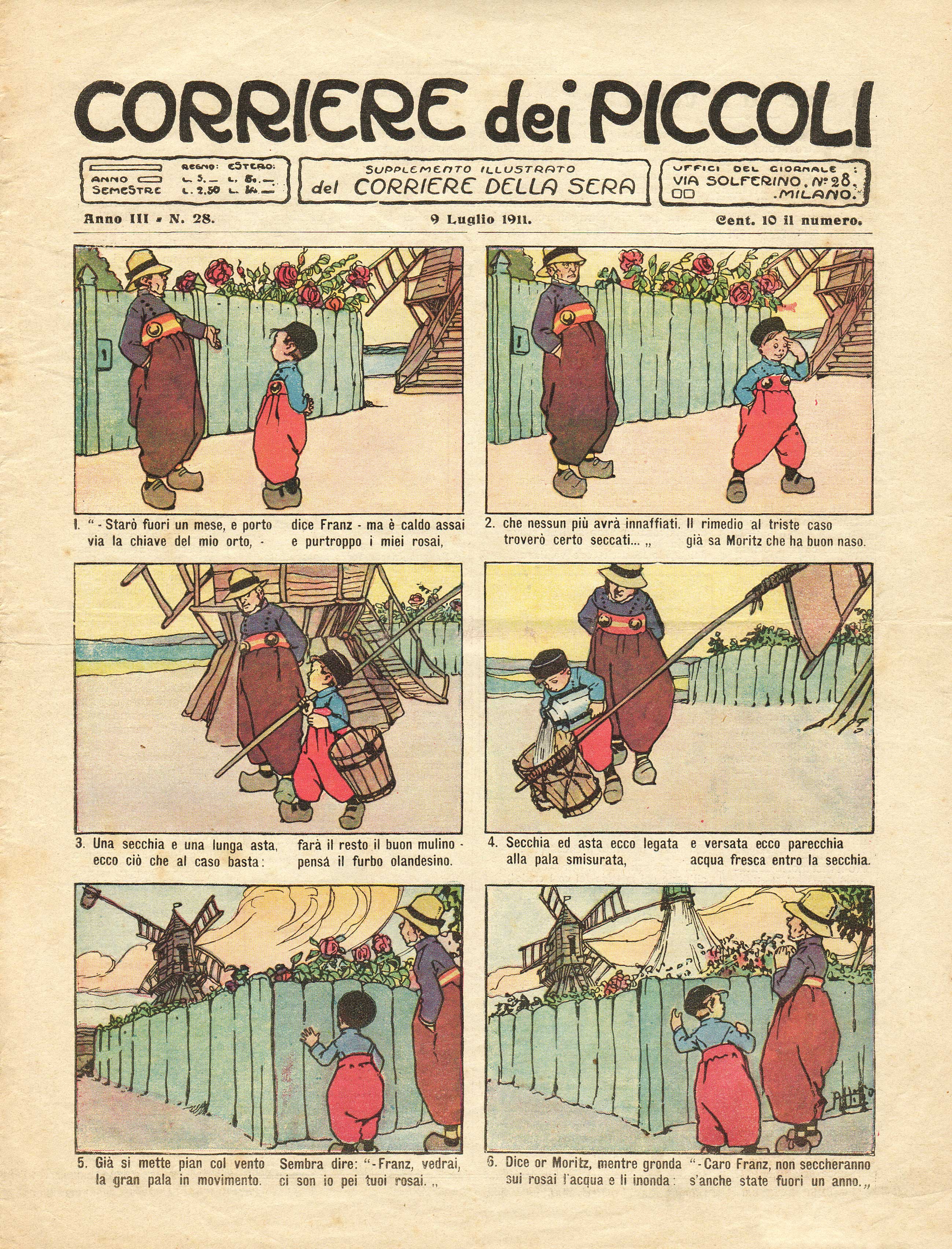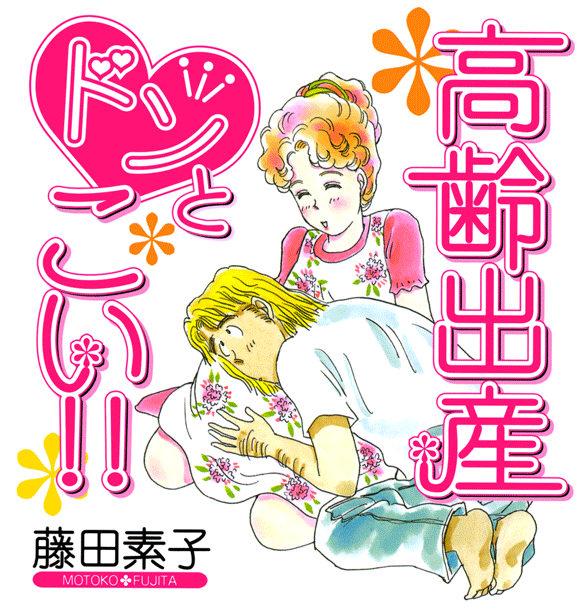|
Lady Love (manga)
''Lady Love'' is a Japanese manga series by Hiromu Ono. It won the Kodansha Manga Award for ''shōjo'' manga in 1984. Publication ''Lady Love'' was serialized in the publisher Kodansha's magazine ''Bessatsu Friend'' between 1981 and 1984. Eight collected volumes were originally published by Kodansha between September 1981 and February 1985. An artbook was released on November 14, 1984. The series was republished twice; first into eight '' shinsōban'' between July 8, 1994, and August 19, 1994, and then into four '' bunkoban'' between March 10, 2000, and April 12, 2000. The series was published in the ''Corriere dei Piccoli'' in Italy. The manga also spawned a sequel series titled that was serialized in ''Be Love ''Be Love'' is a Japanese monthly (bimonthly May 1982 – 2018) manga magazine targeting women published by Kodansha. It debuted in September 1980. It is one of the leading manga magazines for adult women, the second of its kind (the first being ...'' between 2 ... [...More Info...] [...Related Items...] OR: [Wikipedia] [Google] [Baidu] |
Hiromu Ono
is a Japanese Japanese may refer to: * Something from or related to Japan, an island country in East Asia * Japanese language, spoken mainly in Japan * Japanese people, the ethnic group that identifies with Japan through ancestry or culture ** Japanese diaspor ... manga artist. In 1984, she won the Kodansha Manga Award for shōjo for '' Lady Love''. References External links Profileat The Ultimate Manga Guide Manga artists Women manga artists Winner of Kodansha Manga Award (Shōjo) Japanese female comics artists Female comics writers Living people Japanese women writers Year of birth missing (living people) {{manga-artist-stub ... [...More Info...] [...Related Items...] OR: [Wikipedia] [Google] [Baidu] |
Kodansha
is a Japanese privately-held publishing company headquartered in Bunkyō, Tokyo. Kodansha is the largest Japanese publishing company, and it produces the manga magazines ''Nakayoshi'', ''Afternoon'', ''Evening'', ''Weekly Shōnen Magazine'' and ''Bessatsu Shōnen Magazine'', as well as the more literary magazines ''Gunzō'', ''Shūkan Gendai'', and the Japanese dictionary ''Nihongo Daijiten''. Kodansha was founded by Seiji Noma in 1910, and members of his family continue as its owners either directly or through the Noma Cultural Foundation. History Seiji Noma founded Kodansha in 1910 as a spin-off of the ''Dai-Nippon Yūbenkai'' (, "Greater Japan Oratorical Society") and produced the literary magazine ''Yūben'' () as its first publication. The name ''Kodansha'' (taken from ''Kōdan Club'' (), a now-defunct magazine published by the company) originated in 1911 when the publisher formally merged with the ''Dai-Nippon Yūbenkai''. The company has used its current legal name since ... [...More Info...] [...Related Items...] OR: [Wikipedia] [Google] [Baidu] |
Shōjo Manga
is an editorial category of Japanese comics targeting an audience of adolescent females and young adult women. It is, along with manga (targeting adolescent boys), manga (targeting young adult and adult men), and manga (targeting adult women), one of the primary editorial categories of manga. manga is traditionally published in dedicated manga magazines, which often specialize in a particular readership age range or narrative genre. manga originated from Japanese girls' culture at the turn of the twentieth century, primarily (girls' prose novels) and ( lyrical paintings). The earliest manga was published in general magazines aimed at teenagers in the early 1900s, and entered a period of creative development beginning in the 1950s as it began to formalize as a distinct category of manga. While the category was initially dominated by male manga artists, the emergence and eventual dominance of female artists beginning in the 1960s and 1970s led to a period of signif ... [...More Info...] [...Related Items...] OR: [Wikipedia] [Google] [Baidu] |
Bessatsu Friend
, formerly known as , is a Japanese Shōjo manga, manga magazine published by Kodansha, aimed at teenage girls. It was originally conceived as a , or companion magazine, to ''Shōjo Friend'', which is no longer published. ''Bessatsu Friend'' is commonly known by the abbreviated name and is published on the 13th of each month. The magazine originally featured manga focused on romance; however, with the start of publications by manga artists like Keiko Suenobu, it began publishing such that moved away from that main focus. publishes manga by many well known manga artists, such as Miwa Ueda, Satomi Ikezawa, Ayu Watanabe, Fuyumi Soryo, Nanba Atsuko, and Keiko Suenobu. In October 2005, a manga serialized in ''Bessatsu Friend'' titled ''Flower of Eden'' was pulled from publication and recalled by both Kodansha and North American publisher Tokyopop, after it was revealed that the manga artist, Yuki Suetsugu, had copied art directly from ''Slam Dunk (manga), Slam Dunk'' and ''Real ( ... [...More Info...] [...Related Items...] OR: [Wikipedia] [Google] [Baidu] |
Manga
Manga (Japanese: 漫画 ) are comics or graphic novels originating from Japan. Most manga conform to a style developed in Japan in the late 19th century, and the form has a long prehistory in earlier Japanese art. The term ''manga'' is used in Japan to refer to both comics and cartooning. Outside of Japan, the word is typically used to refer to comics originally published in the country. In Japan, people of all ages and walks of life read manga. The medium includes works in a broad range of genres: action, adventure, business and commerce, comedy, detective, drama, historical, horror, mystery, romance, science fiction and fantasy, erotica ('' hentai'' and ''ecchi''), sports and games, and suspense, among others. Many manga are translated into other languages. Since the 1950s, manga has become an increasingly major part of the Japanese publishing industry. By 1995, the manga market in Japan was valued at (), with annual sales of 1.9billion manga books and manga magazi ... [...More Info...] [...Related Items...] OR: [Wikipedia] [Google] [Baidu] |
Kodansha Manga Award
is an annual award for serialized manga published in the previous year, the event is sponsored by the publisher Kodansha. It is currently awarded in three categories: '' shōnen'', '' shōjo'', and general. The awards began in 1977, initially with categories for ''shōnen'' and ''shōjo''. The first award for the general category was in 1982, and the first children's category's award was in 2003. The children's category was merged into the ''shōnen'' and ''shōjo'' categories starting in 2015. Each winning work will be honored with a bronze statuette, a certificate and a prize of 1 million yen (about US$7,500). Recipients See also * List of manga awards This list of manga awards is an index to articles about notable awards for manga, comics or graphic novels created in Japan or using the Japanese language and conforming to a style developed in Japan in the late 19th century. Awards See als ... References * * External links Japanese official website {{Manga Indu ... [...More Info...] [...Related Items...] OR: [Wikipedia] [Google] [Baidu] |
Corriere Dei Piccoli
The ''Corriere dei Piccoli'' (Italian for "Courier of the Little Ones"), later nicknamed ''Corrierino'' ("Little Courier"), was a weekly magazine for children published in Italy from 1908 to 1995. It was the first Italian periodical to make a regular feature of publishing comic strips. Publication history ''Corriere dei Piccoli'' was established in 1908. The first issue (24 pages, 80,000 copies) was published on 27 December 1908, with Silvio Spaventa Filippi as editor-in-chief. It was founded by Luigi Albertini. The magazine was formally a supplement for children of ''Corriere della Sera'', but it was also sold separately for 0.10 lira Its upmarket rival ''Il giornalino della Domenica'', founded in 1906, sold for two and a half times the price. At its acme, the magazine sold 700,000 copies. By 1970 the magazine started having financial difficulties due to rising costs and competition by other magazines and comics books. Feeling that the quaint name was partly to blame, on 1 ... [...More Info...] [...Related Items...] OR: [Wikipedia] [Google] [Baidu] |
Be Love
''Be Love'' is a Japanese monthly (bimonthly May 1982 – 2018) manga magazine targeting women published by Kodansha. It debuted in September 1980. It is one of the leading manga magazines for adult women, the second of its kind (the first being ''Petit Comic'' published by Shogakukan), and was instrumental in the rising popularity of josei manga in the 1980s, which led to the creation of other magazines targeted at women such as ''You'' and ''Big Comic for Lady''.Jaqueline Berndt: Phänomen Manga : Comic-Kultur in Japan. edition q, Berlin 1995. , S. 133. (German) As of 2003, ''Be Love'', like ''You'' and '' Jour'', published stories focusing on "the reality of everyday life" experienced by its readers. As of 1997, the magazine's readers are mostly working women and housewives, but students made up 8% of readership in that year. Circulation figures The magazine first appeared as ''Be in Love'' but was renamed in 1982. From 1995 to 2000 sales were at around 270,000-280,000 per i ... [...More Info...] [...Related Items...] OR: [Wikipedia] [Google] [Baidu] |
Josei Manga
, also known as and its abbreviation , is an editorial category of Japanese comics that emerged in the 1980s. In a strict sense, ''josei'' refers to manga marketed to an audience of adult women, contrasting ''shōjo'' manga, which is marketed to an audience of girls and young adult women. In practice, the distinction between ''shōjo'' and ''josei'' is often tenuous; while the two were initially divergent categories, many manga works exhibit narrative and stylistic traits associated with both ''shōjo'' and ''josei'' manga. This distinction is further complicated by a third manga editorial category, , which emerged in the late 1980s as an intermediate category between ''shōjo'' and ''josei''. ''Josei'' manga is traditionally printed in dedicated manga magazines which often specialize in a specific subgenre, typically drama, romance, or pornography. While ''josei'' dramas are in most cases realist stories about the lives of ordinary women, romance ''josei'' manga are typic ... [...More Info...] [...Related Items...] OR: [Wikipedia] [Google] [Baidu] |
Kodansha Manga
is a Japanese privately-held publishing company headquartered in Bunkyō, Tokyo. Kodansha is the largest Japanese publishing company, and it produces the manga magazines ''Nakayoshi'', ''Afternoon'', ''Evening'', ''Weekly Shōnen Magazine'' and ''Bessatsu Shōnen Magazine'', as well as the more literary magazines ''Gunzō'', ''Shūkan Gendai'', and the Japanese dictionary ''Nihongo Daijiten''. Kodansha was founded by Seiji Noma in 1910, and members of his family continue as its owners either directly or through the Noma Cultural Foundation. History Seiji Noma founded Kodansha in 1910 as a spin-off of the ''Dai-Nippon Yūbenkai'' (, "Greater Japan Oratorical Society") and produced the literary magazine ''Yūben'' () as its first publication. The name ''Kodansha'' (taken from ''Kōdan Club'' (), a now-defunct magazine published by the company) originated in 1911 when the publisher formally merged with the ''Dai-Nippon Yūbenkai''. The company has used its current legal name since ... [...More Info...] [...Related Items...] OR: [Wikipedia] [Google] [Baidu] |
.jpg)


